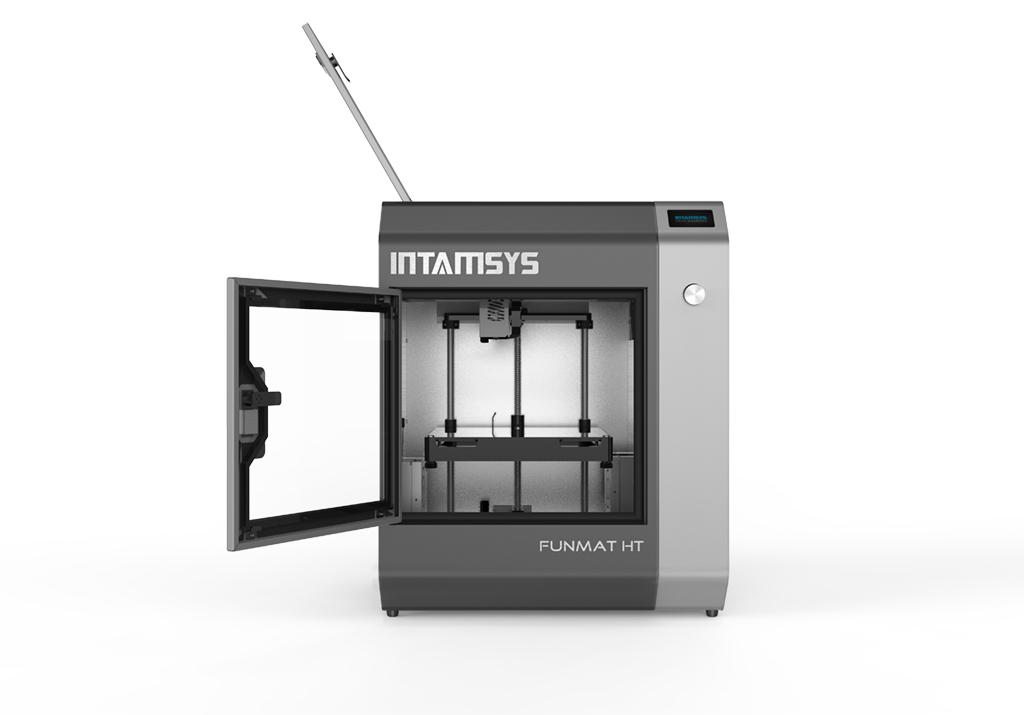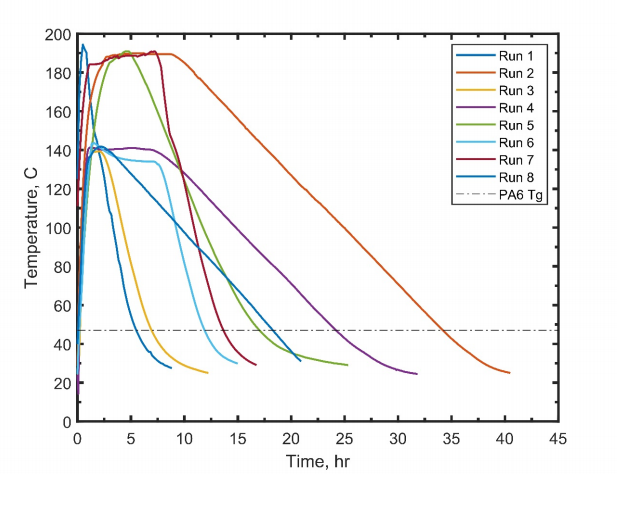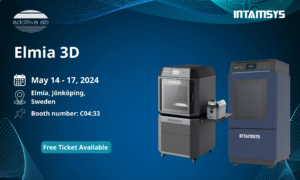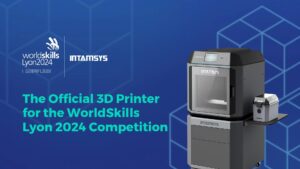Annealing of Fused Filament Fabricated Nylon 6 with Elevated Isostatic Pressure
MARCH 19 2020
Anthony G.Tantillo from Rochester Institute of Technology recently published an article titled “Annealing of Fused Filament Fabricated Nylon 6 with Elevated Isostatic Pressure” . The INTAMSYS FUNMAT HT was used to study the effects of stress on 3D printouts. The effects of changing printing parameters such as increasing temperature on the tensile strength of annealed parts are also discussed.

FDM 3D printing technology benefits from its short printing time and wide application of materials, but it also has other specific problems, such as low resolution, low accuracy and low isotropic strength. These problems may not bother the user when it comes to printing prototypes, but when it comes to printing functional parts, these issues must be addressed.

“Another problem that is often overlooked is that there are gaps between the extruded filaments. This is because the elliptical cross sections do not fit together. These internal voids will cause the parts to lose strength, “says Tantillo.

In this paper, Tantillo uses thermoplastic nylon 6, a material widely used in the engineering industry because of its high impact and tensile strength. However, nylon 6 also has some disadvantages, such as adhesion issues and warpage, and is quick to break down due to water absorption.
In 3D printing, annealing is often used to increase strength. This process relies on long periods of steady heating to increase the strength of the plastic polymer. Slow heating and slow cooling lead to an orderly arrangement of polymer chains, which improves filling efficiency and crystallinity and density, thereby increasing tensile strength.
Researchers used the INTAMSYS FUNMAT HT to print PA samples and to study the effect of pressure on the printed part during annealing.
Tantillo found that the change in material strength due to the change in stress factors was inconsistent with the change in strength predicted in the pre-study results.

After a series of tests and analyses, Tantillo concluded “Although it was shown that the crystallinity of the parts increased with annealing, the typical increase in yield strength did not accompany it “. “Similarly, at high pressures, internal voids are significantly affected, but do not appear to affect printout yield strength. Annealing has a great effect on the impact energy. Under various conditions, the impact energy of all test parts is reduced. The results show that applying pressure and heating is a feasible method to remove the internal voids of FDM 3D printed parts, but it cannot improve the performance of parts significantly.”
About the INTAMSYS FUNMAT HT
The INTAMSYS FUNMAT HT offers industrial-grade accuracy and reliability that ordinary desktop 3D printers lack, enabling high-repeatability, small-batch manufacturing. At the same time, it also has a faster and more efficient operation process, so that users can print out high-quality finished products without professional skills required.
Contact: info@intamsys.com






